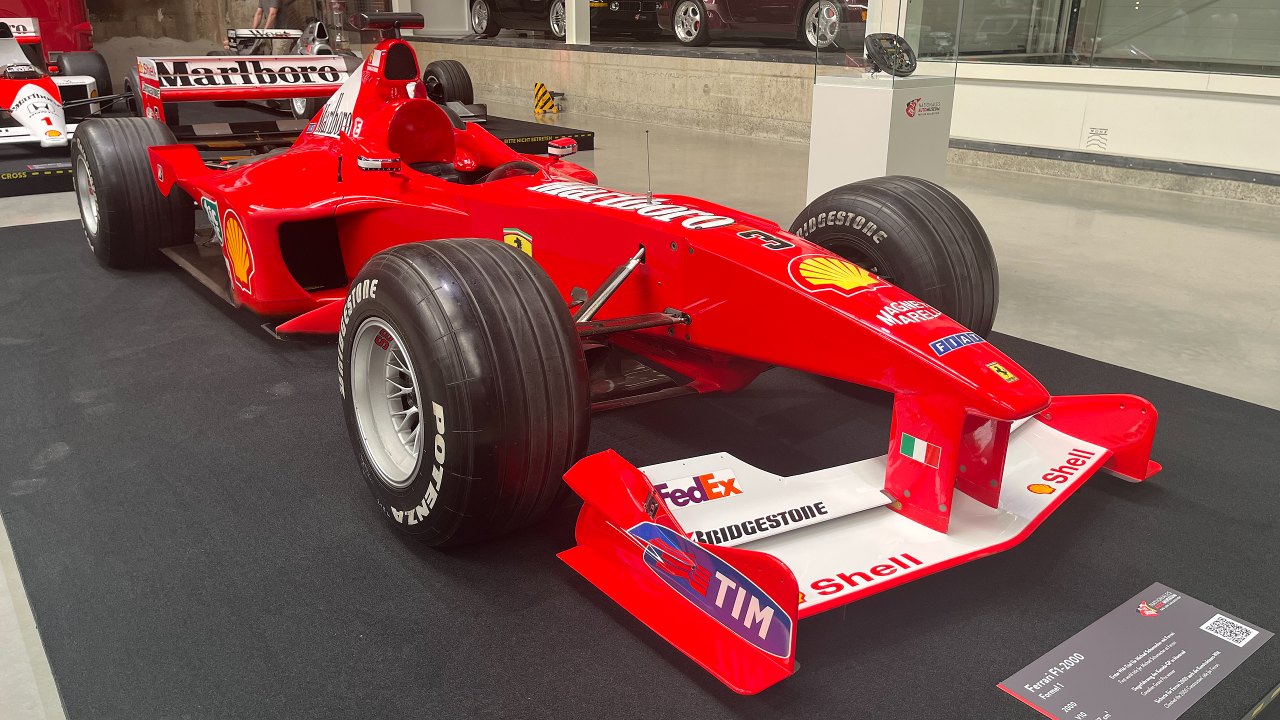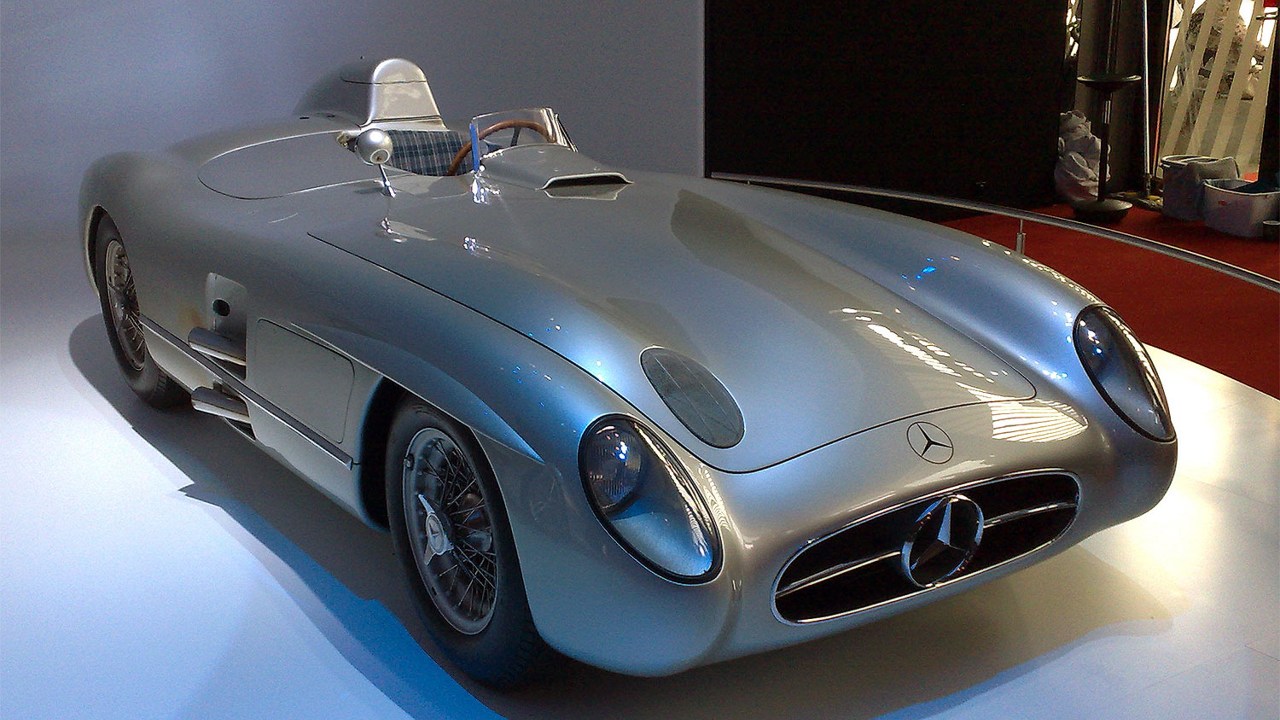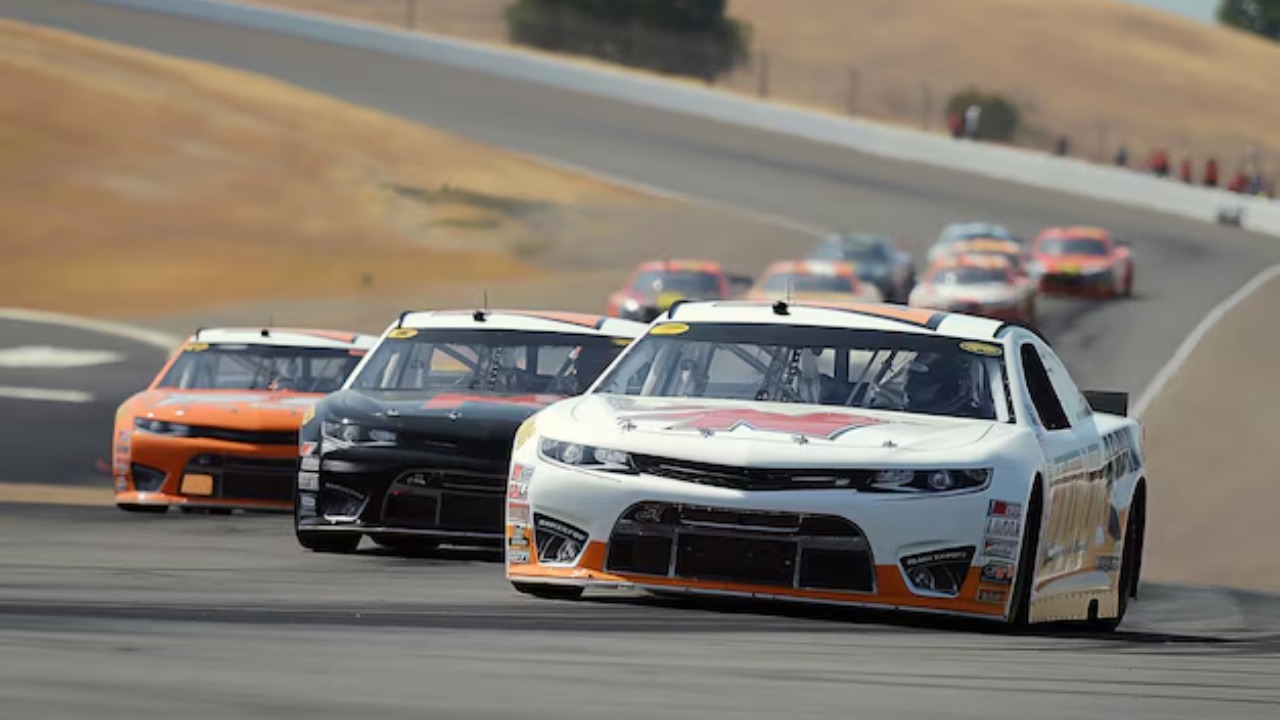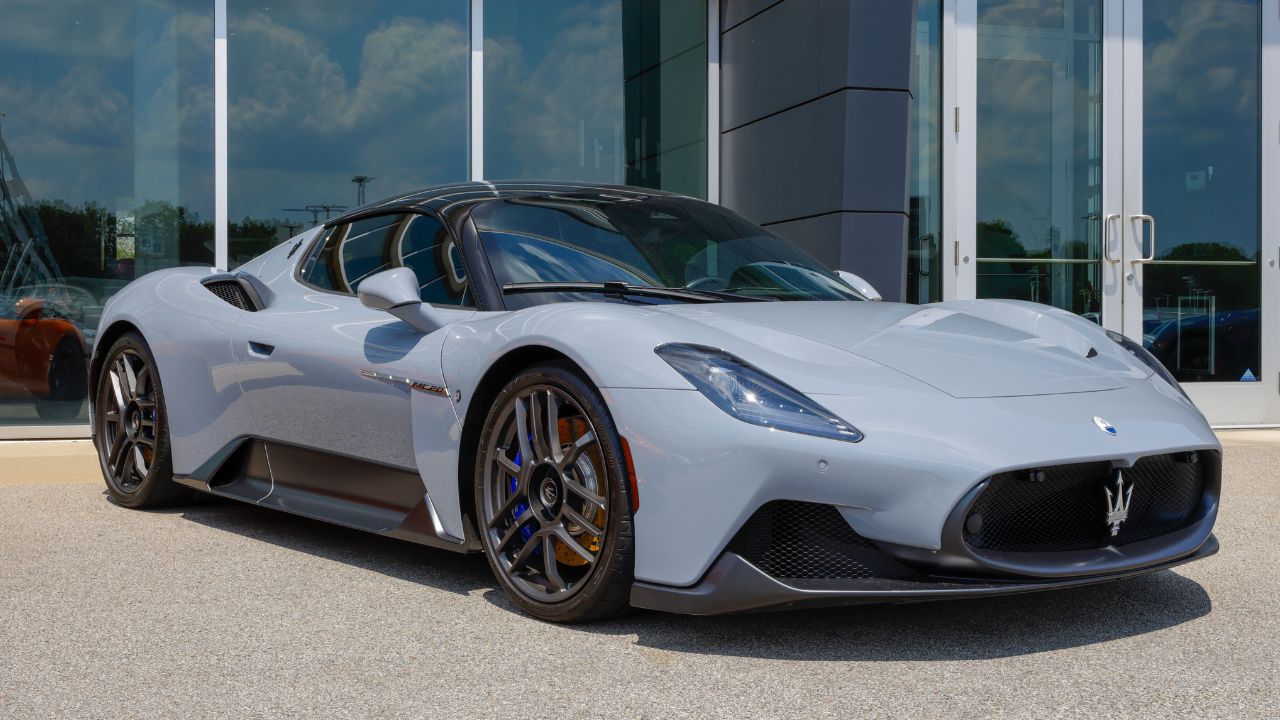Drafting, a technique widely used in motorsports, involves drivers positioning their vehicles in close proximity to reduce aerodynamic drag. This strategic maneuver allows vehicles to maintain higher speeds with less fuel consumption. By understanding the mechanics of drafting, we can appreciate its significance in racing and how it influences competition dynamics.
The Science Behind Drafting

The concept of drafting is deeply rooted in aerodynamics. When a vehicle moves at high speeds, it pushes air out of its way, creating a high-pressure zone in front and a low-pressure wake behind. By positioning a car within this wake, drivers can significantly reduce air resistance. This reduction in drag happens because the trailing vehicle experiences less air pressure against its front, allowing it to maintain speed with less effort. The airflow dynamics at play not only help in conserving energy but also in creating strategic opportunities during races.
Reduced drag translates directly into better fuel efficiency. This is particularly crucial in long-distance races where fuel conservation can be the key to victory. Cars that draft can travel further on the same amount of fuel compared to those battling the full brunt of air resistance. The energy savings can be substantial, allowing drivers to either go longer between pit stops or simply conserve energy for crucial parts of the race.
Another fascinating aspect of drafting is the slipstream effect. This phenomenon occurs when the trailing vehicle is effectively pulled along by the low-pressure area created by the lead car. The slipstream reduces the energy required to maintain speed, giving the trailing car a chance to overtake with less effort. This is why drafting is not just about maintaining speed but also about strategic positioning for overtaking maneuvers.
Drafting Techniques in Motorsports

One of the most well-known drafting techniques is bump drafting, commonly seen in NASCAR. This involves a trailing car gently bumping the car ahead to transfer momentum, effectively pushing the lead car while reducing its own drag. This technique can help both cars achieve higher speeds but requires precision and trust between drivers to avoid accidents.
Tandem drafting is another popular strategy, particularly effective on long straightaways. By pairing up, two cars can work together to minimize air resistance and maximize speed. This technique requires excellent coordination and communication between drivers to ensure that both cars benefit from the reduced drag without losing too much speed in corners.
Side drafting is a more aggressive technique used to disrupt an opponent’s aerodynamics. By positioning a car close to the side of a competitor, a driver can create additional turbulence that increases the drag on the opponent’s vehicle. This can slow down the opponent just enough to allow for a successful overtaking maneuver. While risky, side drafting is often used in tight races where every advantage counts.
Historical Context and Evolution

The origins of drafting in motorsports can be traced back to the early days of racing. Drivers quickly realized that following closely behind another car reduced wind resistance and allowed for higher speeds. This discovery led to the adoption of drafting as a key racing strategy. Over the years, as vehicles became faster and more aerodynamic, the importance of drafting only grew.
Technological advancements in vehicle design have significantly influenced drafting techniques. Modern race cars are designed with aerodynamics in mind, featuring sleek bodies and spoilers that optimize airflow. These developments have enabled drivers to exploit drafting more effectively, pushing the limits of speed and efficiency on the track.
Safety concerns have also played a role in the evolution of drafting. Racing organizations have implemented rules and regulations to ensure that drafting techniques do not compromise driver safety. For instance, certain types of bump drafting are restricted in some leagues to prevent dangerous collisions. These rule changes reflect the ongoing balance between innovation and safety in motorsports.
Drafting Beyond Motorsports

Drafting is not limited to the racetrack; it also plays a crucial role in cycling. In events like the Tour de France, cyclists draft behind teammates to conserve energy and maintain higher speeds over long distances. This strategy is vital in endurance races, where energy management can make the difference between winning and losing.
Beyond sports, drafting principles are applied in military and aviation contexts. Military aircraft often fly in formations that reduce drag and increase efficiency, similar to drafting in racing. In aviation, commercial aircraft sometimes use similar techniques to optimize fuel consumption during long flights.
Understanding drafting can also benefit everyday drivers. By maintaining a safe following distance behind larger vehicles, drivers can reduce drag and improve fuel efficiency. While not as pronounced as in racing, these small savings can add up, promoting more environmentally friendly driving habits.
The Role of Drafting in Race Strategy

Drafting is a critical component of team dynamics in motorsports. Teams often coordinate drafting strategies to maximize the performance of their drivers. Communication between drivers is essential to ensure proper positioning and timing during the race. By working together, teammates can gain a significant advantage over competitors who may not be using drafting as effectively.
The risk versus reward of drafting is an important consideration for drivers. While the benefits of reduced drag and increased speed are clear, the potential for collisions is a constant threat. Drivers must weigh these risks carefully, especially in tight races where the margin for error is slim. A well-executed draft can lead to victory, but a misstep can result in a crash.
The psychological aspects of drafting should not be underestimated. Drivers can use drafting to intimidate opponents, applying pressure by staying close behind and waiting for the right moment to overtake. This mental game adds another layer of complexity to racing, as drivers must remain focused and composed under pressure.
Like Fast Lane Only’s content? Be sure to follow us.
Here’s more from us:
*Created with AI assistance and editor review.







Leave a Reply